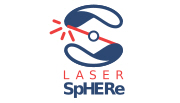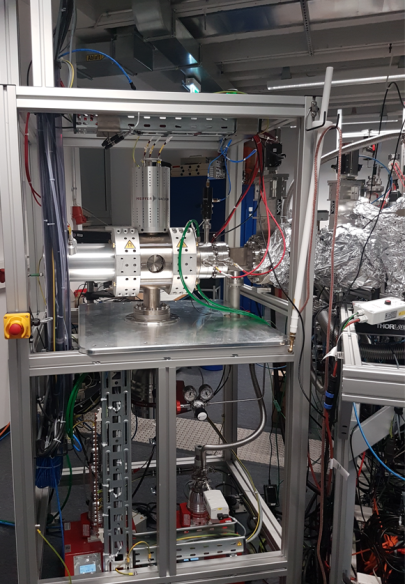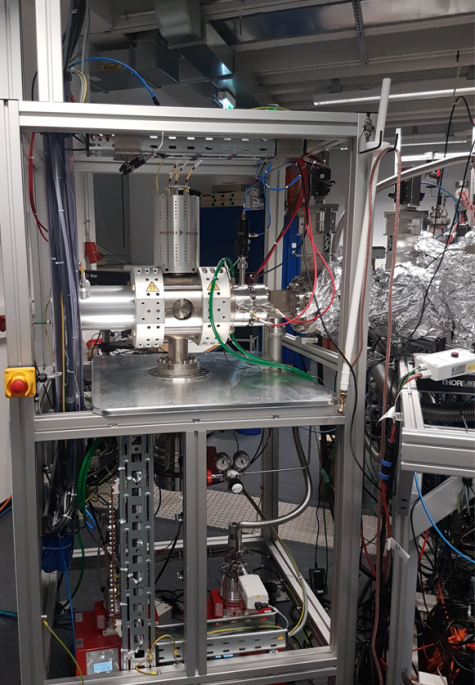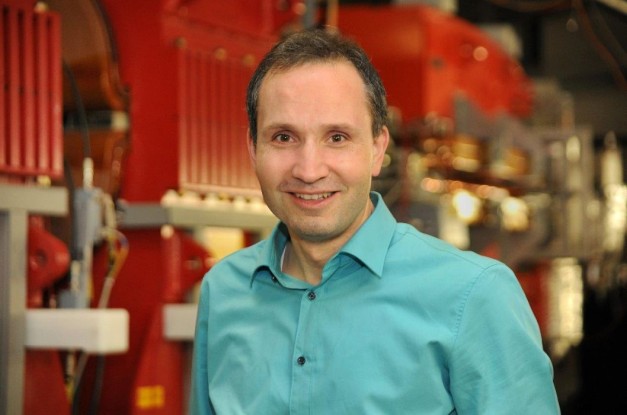In September 2022, the KOALA setup has been equipped with an electron beam ion source (EBIS, Fig. 1) [1] which can produce highly-charged ions of a variety of elements. Helium-like ions from beryllium to nitrogen will be investigated in the 1s2s3S1 -> 1s2p3PJ transitions starting in the metastable triplet state having lifetimes from seconds to a few milliseconds in the targeted species. These measurements will allow for precise tests of ab initio nonrelativistic QED calculations and – by further improving these – will enable determinations of the nuclear charge radius based purely on optical measurements in the future. We start with carbon as an ideal test candidate since the nuclear charge radius of 12,13C are well known. Additionally, we will validate the standard approach to determine nuclear charge radii from isotope shift measurements with high accuracy. This is based on high-precision ab initio mass-shift calculations in few-electron systems. The difference between these calculations and an isotope-shift measurement is attributed to the nuclear volume effect which can then be related to the change in the mean-square charge radius as it has been performed for atomic systems of helium, lithium and boron [2] as well for singly charged beryllium ions (for a review, see [3]). By using this approach, we can also check the muonic measurements on carbon-13 based on the carbon-12 elastic scattering measurements.
[1] www.dreebit-ibt.com/ion-sources.html
[2] B. Maaß et al., Phys. Rev. Lett. 122, 182501 (2019)
[3] Z.-T. Lu et al., Rev. Mod. Phys. 85, 1383 – 1400 (2013)





